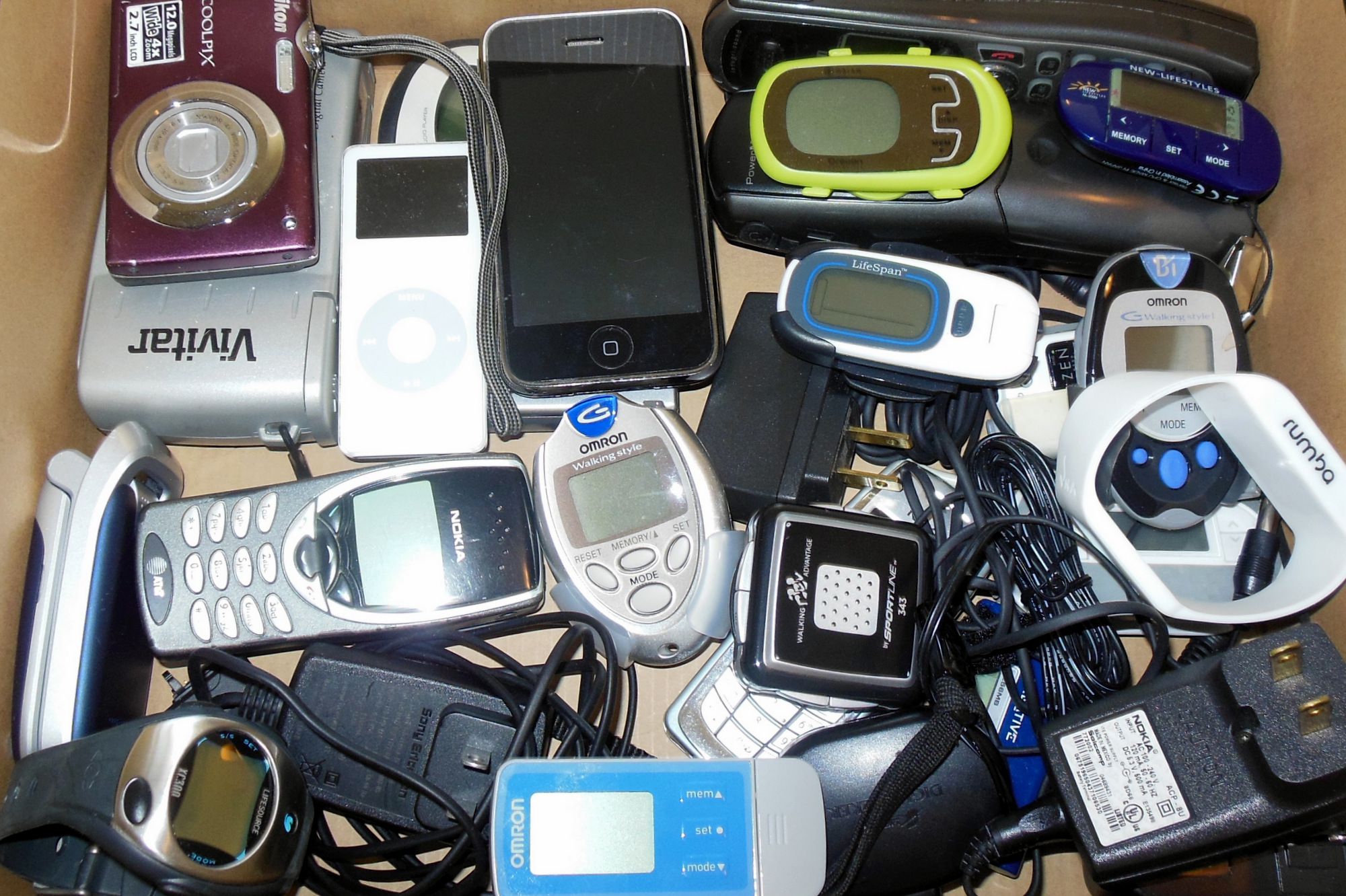
Over the past few weeks, I’ve heard troubling reactions as we have been moving into all the bits and bobs of Android enhancements.
It started with my annual Android Upgrade Report Card, which found the worst average overall performance I’ve ever measured from Android device-makers regarding getting OS updates into the arms of their highest-paying clients. That factor turned into driven domestic by my observe-up piece, which analyzed four full years’ well worth of upgrade delivery statistics to demonstrate how consistent and big of a trend the downward spiral has become.
It changed into a tweet I sent around the time of Android P’s arrival, although that set matters off:
Android Upgrades Tweet Twitter
Boy, had been humans peeved. And for an excellent cause.
[Android Intelligence in your inbox. Upgrade your knowledge with the new insider’s newsletter.]
Along with the understandable annoyance approximately the poky development and apparent indifference of maximum Android producers, though, I heard a couple of responses that left my eyebrows comically raised.
The first revolved around comparisons between the Android’s improved state of affairs. That of iOS, with human beings either pointing out the differences (in a substitute pointed manner) or noting how the lack of timely upgrades turned into why they left Android altogether greater, erm, “magical” pastures.
Due to the upgrade state of affairs, the 2d became a more generalized dismissal of Android as an entity. This one occurred in some colorful methods, too — like one man asserting Android as an entire to be a whole “dumpster fireplace” as a result of the unreliable rollouts.
Both responses made me recognize it became time to step lower back and, as I’m wont to do, provide a few a great deal wanted angles. Consider it a friendly reminder of factors that must be obvious with the aid of now but continuously escape the communique on every occasion this challenge comes up.
Ready?
Overlooked fact #1: You absolutely could have timely and reliable ongoing OS updates on Android
I assume this is the largest issue humans discussing Android improvements in an important feel fail to understand. Yes, Apple rolls out iOS updates to all its gadgets fast and universally following a release. And it’s no wonder: Apple creates all of its hardware and has to give up-to-end management the complete experience for every iOS product.
Guess what, although? That’s additionally the case with Google’s Pixel telephones. The difference is that Android is a miles large atmosphere than iOS, with a considerably greater choice — and the Pixel phones, as such, are just one small part of the platform’s photograph.
Android’s open nature has usually been a chunk of a double-edged sword. It permits organizations like Samsung, LG, and HTC to take Google’s center software program and mold it into something they like — which may be properly for diversity as well as for intraplatform opposition and the innovation that regularly consequences from such an environment — however it additionally manner each character participant finally ends up with its very own taste of the running system and hence its very own duty for retaining that software program updated.
Pixel telephones, but are the iPhone equal to that discipline? They provide a “holistic” enjoy, with the same employer controlling every issue in their life. They get speedy, common, and reliable updates without delay from that organization — both with OS releases, essential and incremental and with month-to-month protection patches — and they get the one’s updates for no less than three years (!), that’s a full 12 months longer than the standard (and frequently theoretical) Android flagship assure.
What’s my factor? Simple: Suggesting that you can not have a terrific improved experience on Android is woefully faulty. You maximum can virtually; select a device that offers that characteristic.
Just like Apple, Google currently offers one such flagship version every yr in a couple of various sizes. But in contrast to iOS, that isn’t your only choice. Android also gives you a zillion different opportunities in case you determine upgrades are not your top precedence — or if, like so much of the smartphone shopping for the public, you are not knowledgeable approximately why improvements rely upon and what selections are to be had.
Why Adaptive Is the Biggest Story In Networking
SponsoredPost Sponsored by Ciena
Why Adaptive Is the Biggest Story In Networking
The long-favored goal of network automation is coming closer to fact. But how close?
It’s as much as you determine what compromises you are willing to accept and what sort of enjoyment you need.
(Speaking of selections, recollect, too, that Google’s Android One program offers a scaled-down model of the Pixel promise, with greater midrange and budget-stage phone alternatives. It’s worth looking at, particularly with Nokia’s new role in the effort.)
Overlooked reality #2: The word “OS upgrade” method wildly different things on Android and iOS
In discussing Android and Apple OS improvements, you pay attention to how Apple updates its iPhones for a full five years. While there’s been some fluctuation over time, it’s broadly speaking an accurate assertion (depending on how you want to be counted).
However, it also comes with a couple of important asterisks — in particular, while it’s being brought up on Android as an assessment.
First, Apple’s iOS updates often deliver older devices handiest a fragment of the capabilities to be had on a brand new release. And on top of that, it’s quite a given that each time a new iOS update comes out, humans with iPhones greater than a pair of years’ vintage will bitch approximately how the replacement broke their device and made it unusable. With those caveats in thoughts, pronouncing a telephone as “supported” for five years handiest means so much.
Even more broadly, a big part of each iOS update revolves around updates to system-level apps — things like Messages, Photos, Apple Music, Siri, Apple Maps, and Apple Mail. Those same types of apps are serviced 12 months round on Android impartial of OS releases, thanks to Google’s ongoing deconstruction of the operating gadget.
At this factor, pretty tons every non-foundational piece of Android exists as an unbundled, standalone app — the whole lot, from the front-facing system-like apps for email, calendar, messaging, maps, photos, keyboard, and so forth to the behind-the-scenes utilities like Google Play Services, which powers all kinds of the vicinity-, privateness-, and safety-associated elements on Android gadgets (along with the currently released Google Play Protect machine).
Most of those factors are up to date on a near-month-to-month foundation — and on account that those updates show up through the Play Store, they attain each Android consumer right away, without the involvement of any 1/3-birthday party gamers. As I’ve cited earlier, any random month should see a degree of system-like updates across Android. This is comparable to a primary OS improvement on iOS. Google does it quietly and, possibly at its rate in phrases of public perception, hardly ever attracts interest to the massive image of what is taking place and the way all the portions add up.
Please don’t misinterpret what I’m getting at right here: Android OS upgrades count number. They comprise foundational enhancements associated with regions like performance, protection, and privateness that can’t be handled on a piece-by-using-piece foundation. And there is no excuse for important tool-makers to take over six months to deliver such massive software updates to their devices — particularly regarding their top-tier flagship merchandise.
But to mention some producers’ terrible performance with enhancements is indicative of the whole surroundings, or to try to make a right away contrast between Android enhancements and iOS enhancements is disregarding good-sized parts of the photo. I’m occupied with dispensing criticism when it’s warranted (as I wish if it appears that glaring with the aid of now); however, let’s do it in a manner that does not forget about big swaths of reality and paint a misleading portrait of what is without a doubt occurring.













